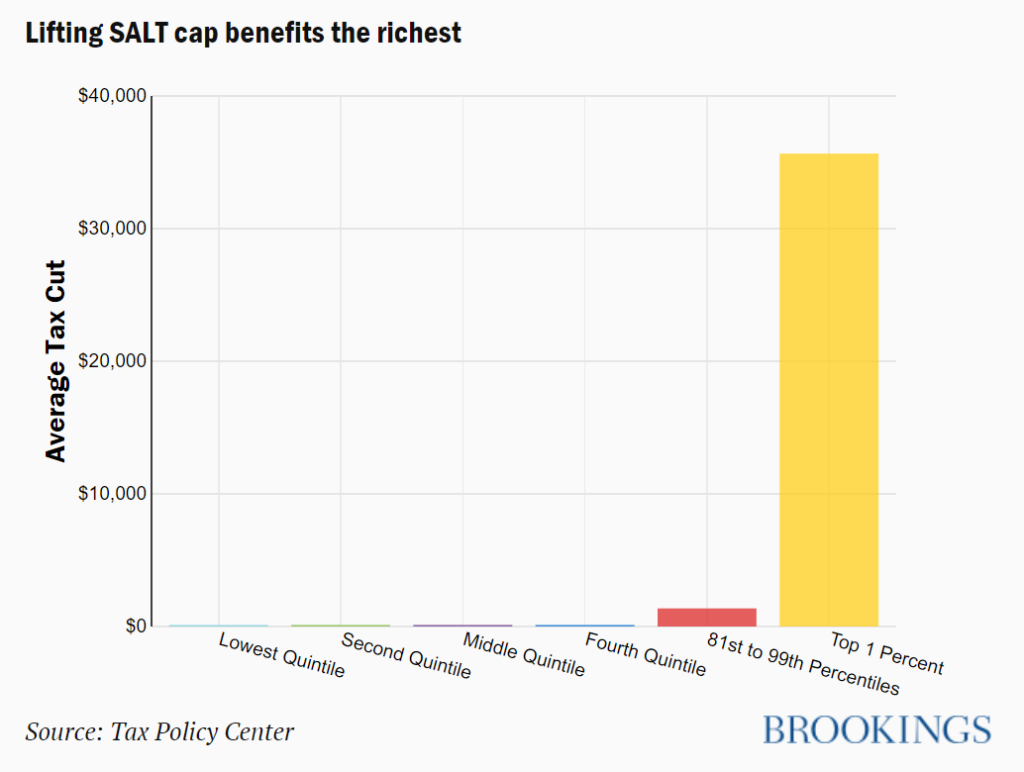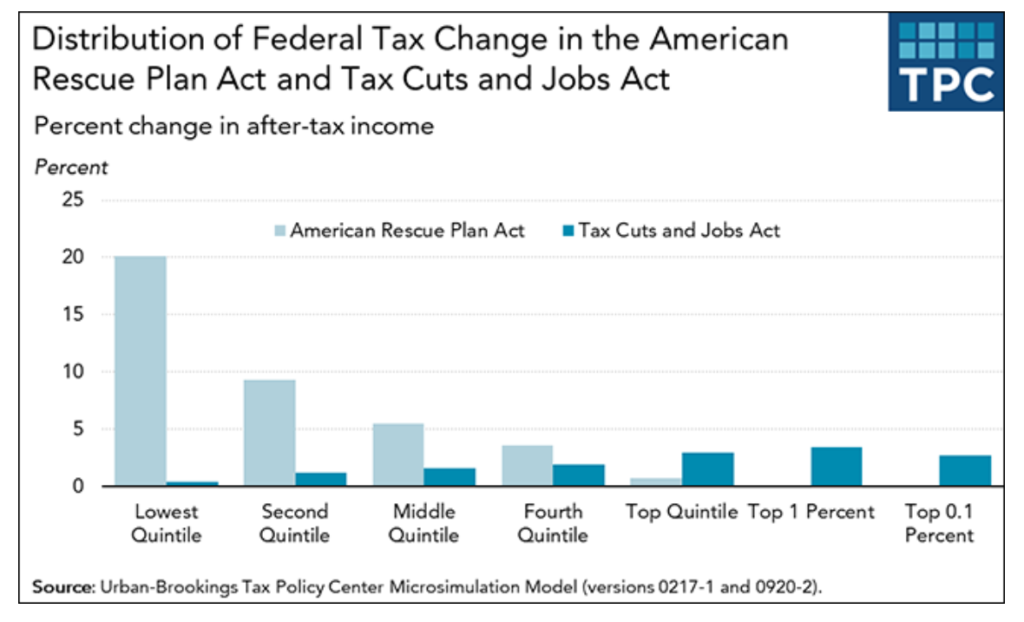Excerpt:
Tardy federal budgets are nothing new in Washington. According to the Tax Policy Center, Congress has only completed the budgetary process in a timely fashion, which requires passing all 12 appropriations bills prior to October 1, four times since fiscal year (FY) 1977. The last time Congress’ budgetary process worked as expected was FY 1997, more than two decades ago.
When the budget does not pass on time, Congress must pass a continuing resolution (CR) to avoid a government shutdown. Since continuing resolutions typically maintain departmental funding at prior-year levels, they do not signal the policy choices ultimately made in the budget process. As a result, federal managers must begin the fiscal year without a clear direction as to whether they should be increasing or decreasing staff and non-employee operational expenditures. If a federal agency or department ultimately receives a significant funding increase or funding cut in the final appropriations bill, managers may have insufficient time to respond efficiently.
While federal budgeting has been broken for some time, the situation in 2022 is especially bad. Over five months into the budgetary year, the House Rules Committee produced a 2,741-page omnibus budget bill in the wee hours of March 9, just hours before the bill’s scheduled vote on the House floor.
Author(s): Marc Joffe
Publication Date: 11 March 2022
Publication Site: Reason




